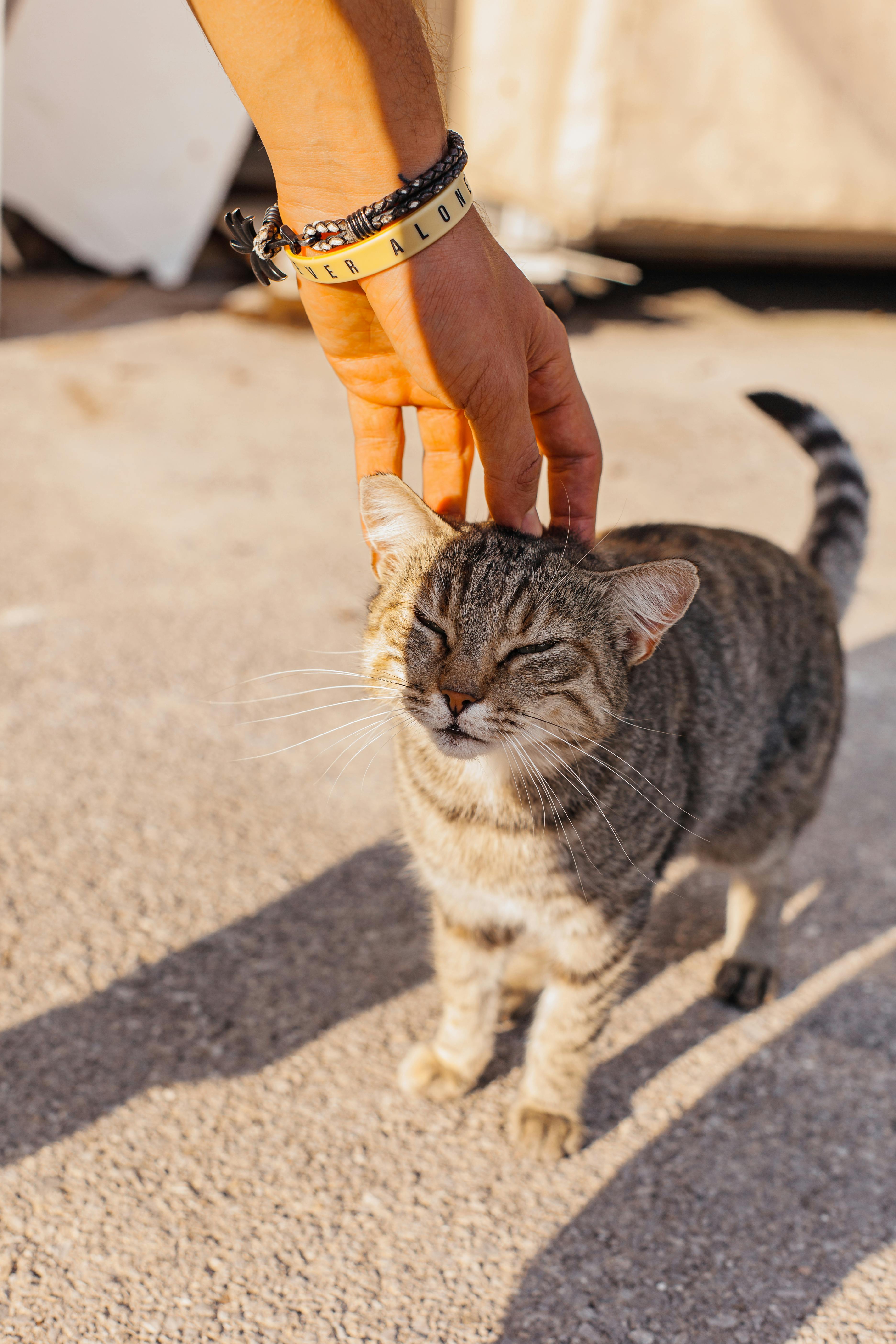Understanding Cat Body Language During Introductions | For Pets With Love

Understanding Cat Body Language During Introductions | For Pets With Love
Introduction
Introducing a new cat to your home involves more than just physical separation and scent swapping. Understanding cat body language is crucial for interpreting their emotional state and ensuring a smooth, stress-free transition. By recognizing the signs of comfort, anxiety, and aggression, you can adjust your approach and create a positive introduction experience. In this article, we’ll explore key aspects of cat body language during introductions, helping you become a better cat owner.
Why Understanding Body Language Matters
Interpreting cat body language allows you to:
- Assess Stress Levels: Identify when a cat is feeling anxious or overwhelmed.
- Prevent Aggression: Recognize early signs of aggression and intervene before a fight occurs.
- Promote Comfort: Create an environment that encourages relaxation and acceptance.
1. Relaxed Body Language
Signs
- Ears: Forward and relaxed
- Eyes: Soft gaze, slow blinks
- Body: Relaxed posture, tail upright with a slight curve
- Vocalization: Purring, soft meows
Interpretation
The cat is feeling comfortable and secure.
2. Anxious Body Language
Signs
- Ears: Flattened or twitching
- Eyes: Wide, dilated pupils
- Body: Tense posture, tail tucked
- Vocalization: Hissing, growling
Interpretation
The cat is feeling anxious and stressed.
3. Aggressive Body Language
Signs
- Ears: Flattened against the head
- Eyes: Staring, constricted pupils
- Body: Arched back, fur standing on end, tail lashing
- Vocalization: Growling, hissing, spitting
Interpretation
The cat is feeling threatened and is preparing to defend itself.
4. Playful Body Language
Signs
- Ears: Forward and alert
- Eyes: Bright and focused
- Body: Playful pouncing, batting with paws
- Vocalization: Chirping, playful meows
Interpretation
The cat is feeling playful and is engaging in friendly interaction.
5. Fearful Body Language
Signs
- Ears: Pulled back
- Eyes: Darting around
- Body: Crouched low to the ground, trying to hide
- Vocalization: Silence or whimpering
Interpretation
The cat is feeling scared and is trying to avoid confrontation.
FAQs
Q. How can I help my cat feel more comfortable during introductions?
A. Provide a safe space, use pheromone diffusers, and avoid forcing interaction.
Q. What should I do if my cat is showing signs of aggression?
A. Separate the cats immediately and restart the introduction process from the beginning.
Q. Can I use treats to help with the introduction?
A. Yes, treats can be a positive reinforcement tool, but avoid using them if the cats are showing signs of aggression.
Conclusion
Understanding cat body language is essential for a successful introduction. By recognizing the signs of comfort, anxiety, and aggression, you can adjust your approach and create a positive experience for your new feline friend. If you have any questions or tips of your own, feel free to share in the comments below!